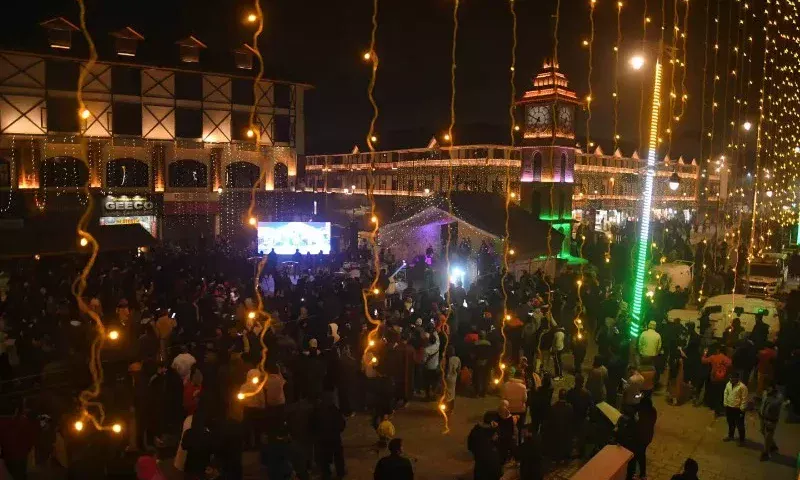- By hurting us, they have sown seeds of hatred: Mohi
- Stones are no option now, we need guns: Zahid
- Barbarism is getting the rebel out in us: Raees
His lips are sealed but the red eyes do the talking.
The red eyes of six-year-old Ghulam Mohi are visionless.
Mohi, one of the many minors whose eyes have been left visionless by the government forces is new to the ward where blindness is routine.
To make Mohi comfortable, other injured boys, who are elder to him, sit by his bedside and start a conversation.
As Mohi strikes a chord with them, he says, “I was in a protest when CRPF men caught me, started beating me up, pushed a cane into my eyes and left the spot, leaving me in pain.”
The boys, who are themselves hiding their pellet-hit eyes behind dark goggles, console Mohi asking him not to worry.
“Indian government will have to pay for this,” they say. “By hurting us, they have sown seeds of hatred in Kashmir and with each new killing, the hatred is growing strong.”
Waqar, who is attending to Mohi, explains how hatred for India will grow among this six-year-old and others like him who had been maimed and blinded by forces.
“He is six and sad about losing vision,” he says. “Doctors say he may regain ‘usual vision’ but that will be of no use to a child with a long life ahead.”
Waqar says when Mohi will start his normal activities, he will have problems studying, playing and eating, and his hatred for those who left him in this miserable state will grow.
According to the SMHS hospital records, 716 people have received injuries in the eye due to pellets and tear gas shells fired at them besides stones hurled at them by the forces.
Twenty four of them have been left partially blinded while five are blind by both eyes.
Most patients who have been operated upon will never regain the normal vision of 6×6.
With each new death, the anger among boys in the ward turns into a rage, a rage they say has the tendency to transforms them into militants.
“Stones are no option now, we need guns,” says Zahid, who has kept the metallic balls which shattered his eye in his wallet as a ‘souvenir’, which the 21-year-old stresses keeps his passion for ‘Azadi’ alive.
Zahid, who has undergone three surgeries in his right eye, does not care if he loses his left eye too while demanding ‘Azadi’.
“When Burhan Bhai died, I was the only one in my neighbourhood pelting stones but when the forces injured my eye, my family too started pelting stones,” he says. “Thinking Kashmiris can be crushed is naïve on part of the Indian government as the heart and soul of this uprising is youngsters and by blinding, maiming and killing them, the Indian government is just increasing the list of its enemies.”
Suggesting that when these children would recall atrocities committed on them, Zahid says, “They will have no other option than picking up arms.”
Informing that in his neighborhood majority of the people pelting stones were those whose brother or son had been killed by forces in 1990s or after that, he says, “There are also people whose careers were shattered by the government by slapping PSAs on them when they were protesting peacefully on roads, demanding Azadi in 2010.”
Over 10,000 persons have been injured and 75 civilians killed during the past 63-day uprising, each causality increasing the numbers of protesters on the roads.
“Since Burhan Bhai’s death, forces are blinding children and youth but when they blind one, 10 more come out to protest on streets,” Zahid says.
Another injured, Raees says, “It’s foolishness of the Indian government to think that by inflicting atrocities on us, they will quell protests and stifle our voices but contrary to it, their barbarism is getting the rebel out in us.”



